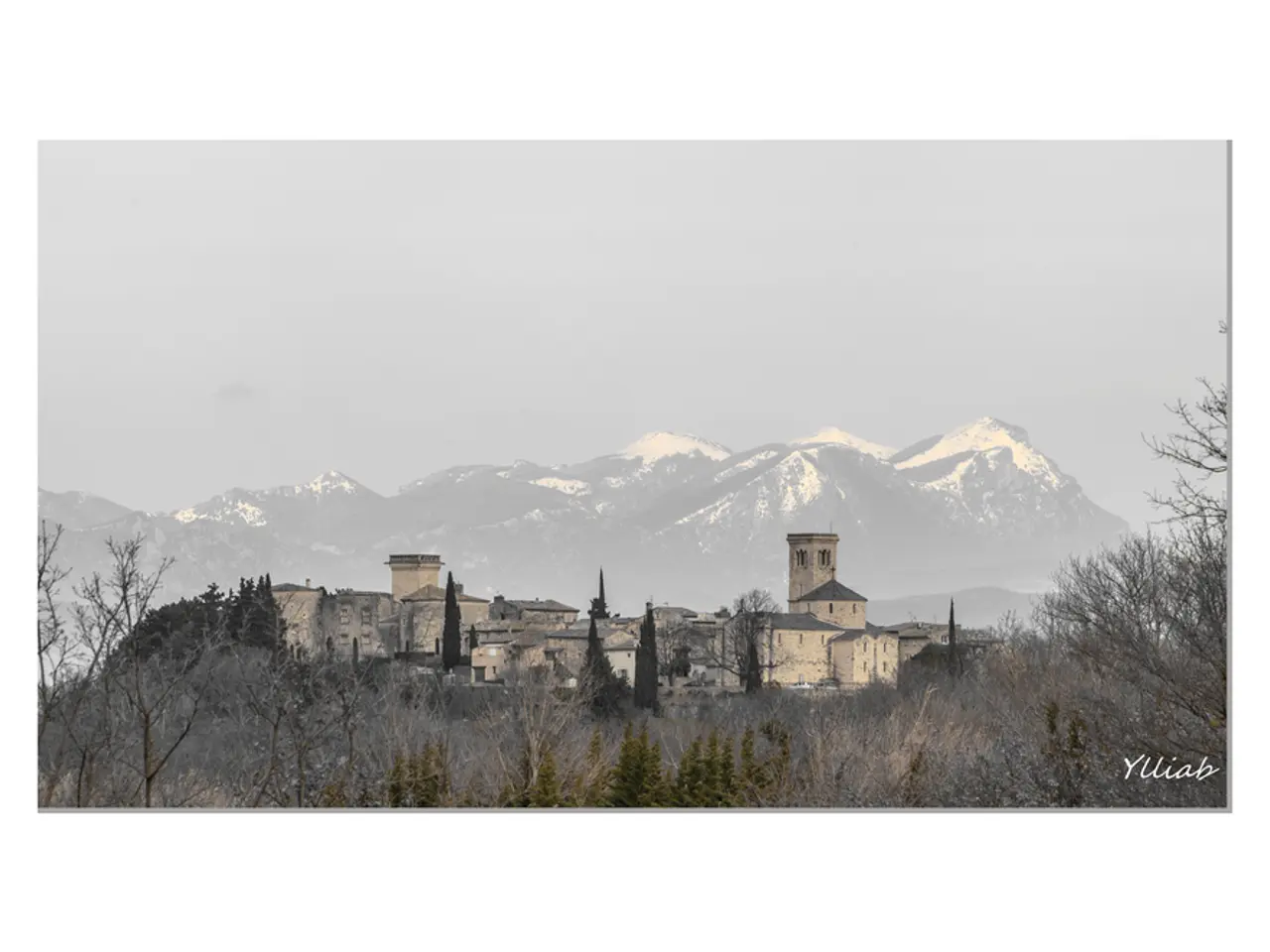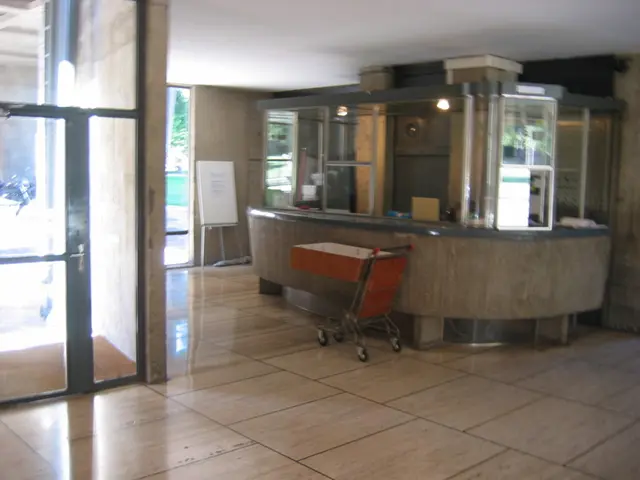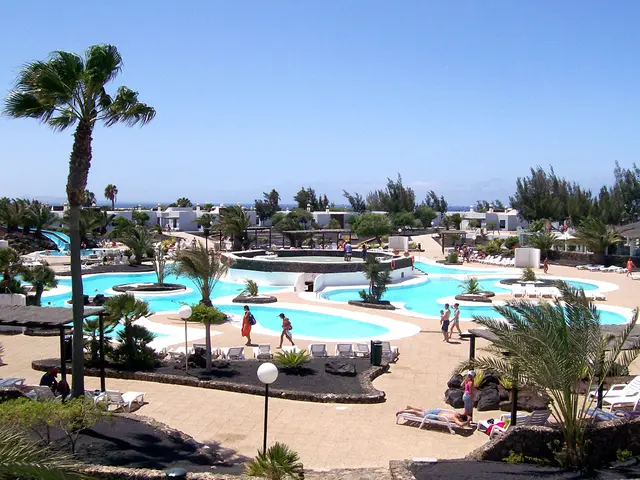Decision Reached by UNESCO Concerning Bavarian Castles
Germany is one step closer to having more World Heritage Sites, with the Bavarian fairy-tale castles set to join the prestigious list. The World Heritage Commission of UNESCO in Paris is scheduled to discuss the inclusion of Neuschwanstein Castle, Herrenchiemsee, Linderhof Castles, and Königshaus am Berg Schachen this Saturday.
The designation as UNESCO World Heritage Sites could bring numerous benefits, as well as challenges, to these iconic landmarks.
Positive impacts include an increase in mass tourism, preservation and funding for the castles, and a boost in cultural pride and education. More tourists would flock to these sites, injecting money into the local economy through spending on accommodation, food, guided tours, and souvenirs. The designation typically brings access to funding and expertise for preservation efforts, ensuring the castles and their surroundings are maintained and protected for future generations.
However, the surge in visitor numbers could also lead to overtourism, causing environmental degradation, infrastructure strain, and a diminished quality of the visitor experience. Local communities might experience disruption, with congestion, higher living costs, and changes in character, sometimes sparking conflicts between residents and tourists. The pressure to cater to tourists might also lead to commercialization that overlooks authentic cultural values and traditions.
To mitigate these potential negative effects, local authorities and stakeholders need to plan sustainable tourism strategies. This balance between economic gains and cultural and ecological preservation is crucial.
Neuschwanstein Castle, a tourist magnet since its completion in the late 19th century, has already experienced these issues, especially around the castle. During recent renovation work, visitor numbers were capped to protect the monument from overloading. The Bavarian State Ministry of Finance in Munich has emphasized its commitment to preserving and protecting World Heritage sites in the long term, with regular reporting to UNESCO required.
Bavaria has been working towards this distinction for over 25 years, and the coveted World Heritage seal may not come with financial support but will increase the worldwide recognition and prestige of the selected cultural sites, benefiting tourism. Last year alone, they attracted over 1.7 million visitors, including many foreign tourists.
After the completion of the work, only 45 visitors per group are now permanently allowed in Neuschwanstein to ensure the building is not overwhelmed. The other castles, built in the second half of the 19th century by King Ludwig II (1845-1886), are designed to give the impression of historical buildings and spark medieval dreams and fantasies.
While the Messel Pit in Hesse is an example of a natural heritage site in Germany, known for its numerous fossil finds, most World Heritage Sites worldwide are cultural monuments, such as the medieval Quedlinburg in Saxony-Anhalt.
As the world's total number of World Heritage Sites stands at 1,223, spread across 168 countries, the German UNESCO Commission will continue to oversee the country's World Heritage Sites, ensuring they are preserved and protected for future generations to marvel at.
The designation as UNESCO World Heritage Sites could positively influence the lifestyle and home-and-garden sectors in Germany, as increased tourism might lead to home-based businesses like souvenir shops or bed-and-breakfasts. simultaneously, the travel industry may benefit from an increase in foreign tourists wanting to visit these iconic castles.
However, it's essential for local authorities to implement sustainable tourism strategies to mitigate potential issues such as overtourism, environmental degradation, and infrastructure strain, ensuring the preservation of these cultural sites for future generations while also benefiting the local economy and cultural pride.





